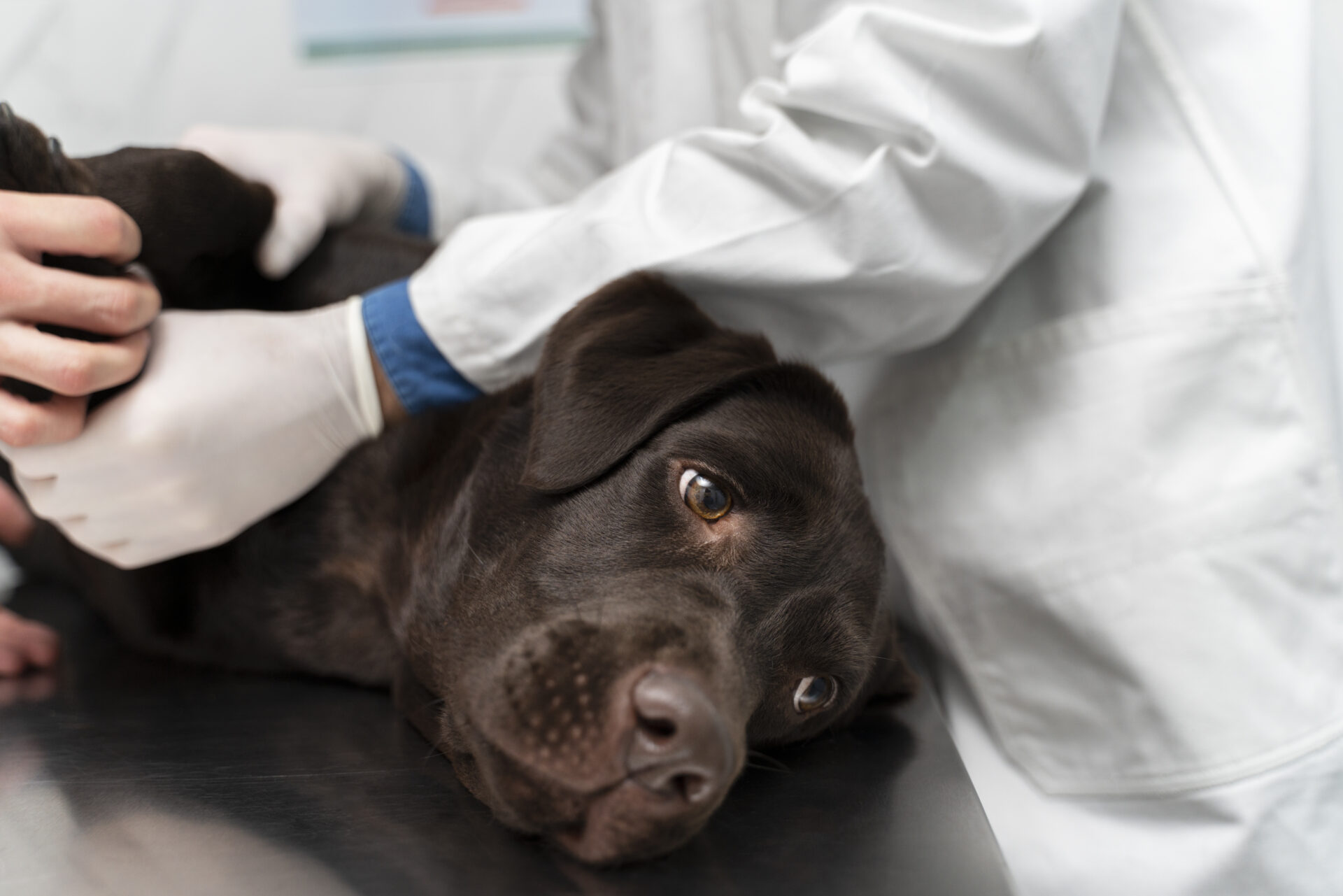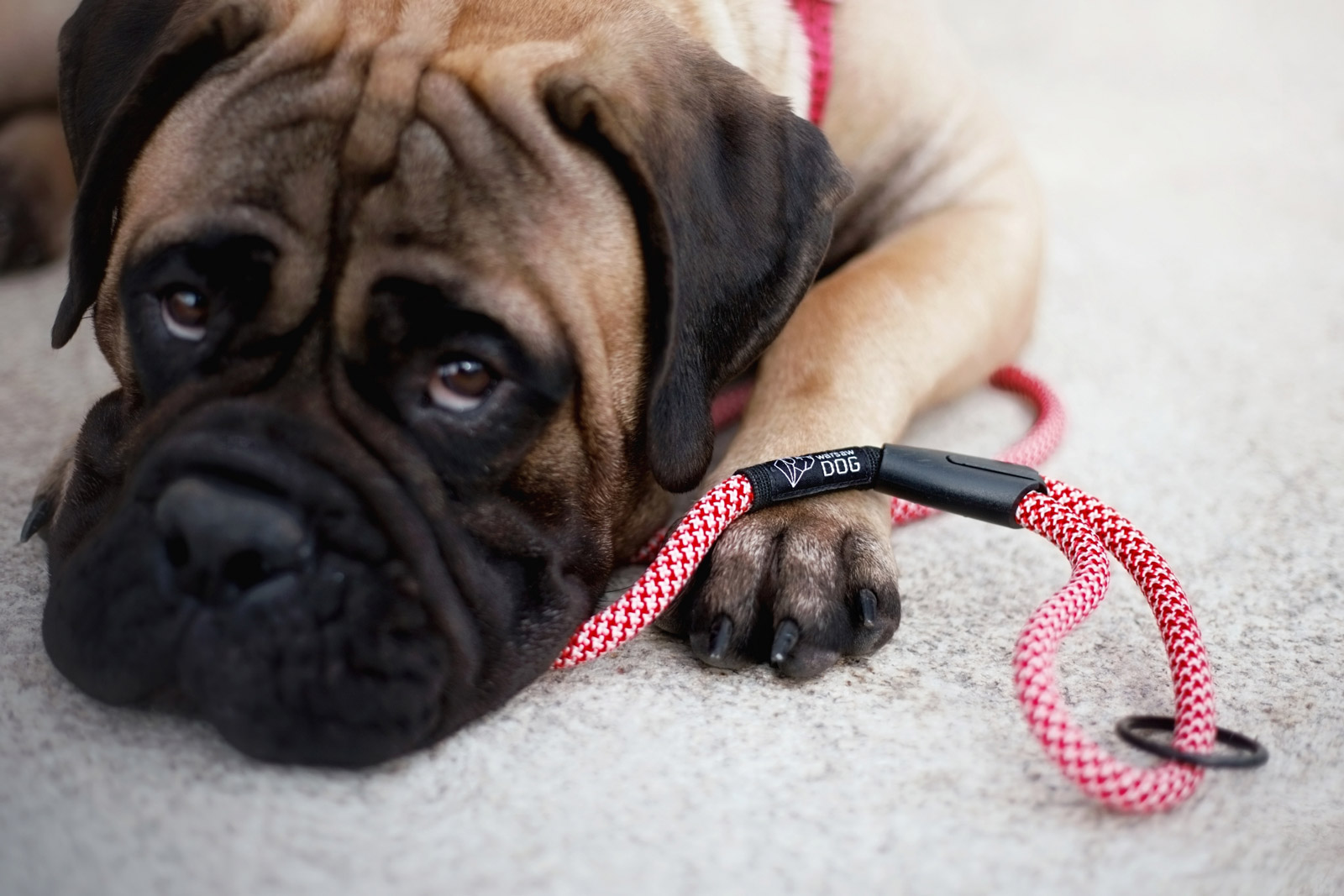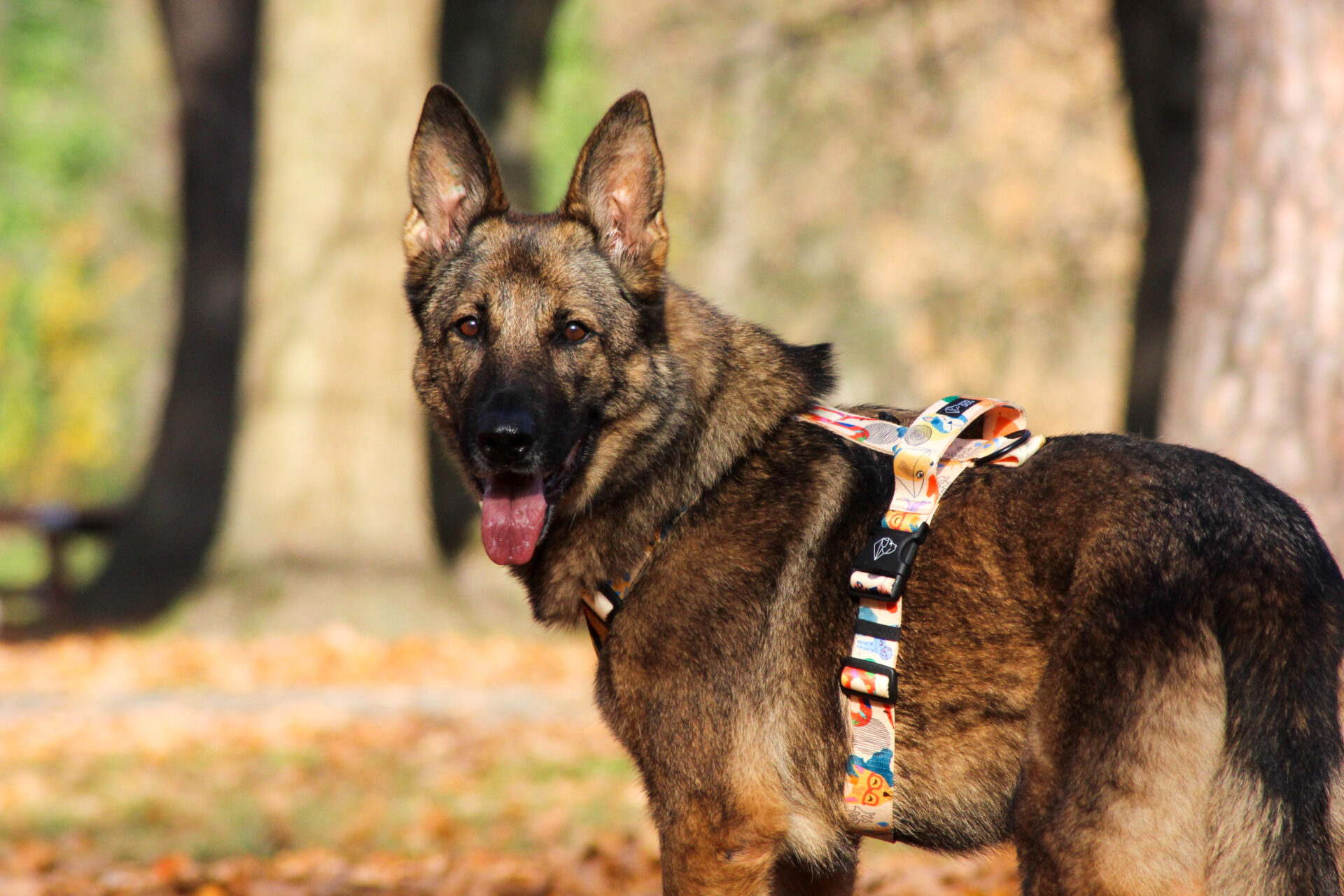Atheroma in a dog - what is it and how is it formed?
Atheromas in dogs are benign cysts of the sebaceous glands, less often of the hair follicles. The sebaceous glands located all over the skin produce sebum which spreads over the skin as a natural defense against skin dryness, dirt and pathogens. Occasionally, a dog's sebaceous glands become clogged, for example due to dried sebum or dead skin cells. If this happens, the sebum produced by the sebaceous glands can no longer spread freely over the skin. Subsequently, sebum begins to accumulate at the mouth of the gland, forming a soft or hard lump. Inside the cyst there is a yellowish sebaceous mass and keratinized epidermis. If inflammation develops in the tissues surrounding the atheroma, the content of the nodule is purulent, foul-smelling. In some cases, a black spot can be seen in the center of the atheroma, which is caused by the plugging of the hair follicle duct.
The atheroma in the dog is clearly separated from the rest of the tissue, and under the influence of pressure, it moves to a small extent. In general, this change does not differ in color from the skin of the animal, only in some cases it has a slightly darker shade. Rarely, we can notice thinning of the hair around the lump and slight redness of the skin. With the exception of inflammation, atheromas are usually not painful, but they can cause discomfort in the places of pressure of the collar or harness.
How to recognize a dog's atheroma?
Atheromas on the pet's skin are not always easy to detect, especially the small ones. In fact, they can appear almost anywhere on the body. Most often, however, atheroma in a dog can be found on the neck, back, head (muzzle or eyelid). They vary greatly in size, some resembling a mustard seed while others reach the size of a hen's egg. These types of skin changes are often felt when stroking. No matter how harmless and small a skin lump may seem to us, it is worth showing it to the veterinarian at the next check-up. Veterinary examination usually includes assessment of the lesion, puncture of the cyst if necessary, and histopathological examination, the result of which determines further recommendations.
When should a dog's atheroma be treated?
Because a dog's atheromas are usually painless and are usually located in less troublesome places, they usually go untreated. However, if the atheroma is very large, is in an uncomfortable place and interferes with the dog's functioning, you should consider removing it. In addition, it is worth remembering that dead skin cells together with sebum are an ideal environment for bacteria that easily penetrate the skin. They willingly settle in cysts, causing severe, extremely painful purulent inflammations there. These changes can not only significantly reduce the dog's quality of life, but also turn into malignant skin lesions. In some cases, small atheromas disappear on their own, but most often they reappear in the same place after some time. All these factors also argue for the need for treatment.
How to treat atheroma in a dog?
Atheroma cannot be reduced or removed with compresses, because sebaceous masses accumulated in cysts cannot be dissolved. In turn, attempts to puncture or squeeze the cyst involve the risk of transferring bacteria from the surface of the skin to the inside of the nodule. As a result, we can cause superinfection and the development of inflammation. In addition, it is not enough to simply squeeze out the accumulated sebum to remove the atheroma. The capsule surrounding the cyst remains and fills again after a short time. Complete removal of the atheroma takes place in the veterinary office. The procedure is usually performed under local anesthesia, rarely general. After the puncture or incision, the cyst is drained, then the doctor removes the atheroma capsule. In this way, the likelihood of recurrence of the skin lesion is minimized. In the case of purulent inflammation, antibiotic therapy is necessary, which is recommended after the inflammation has healed and the cyst has been removed.
How to prevent atheromas in a dog?
Research shows that the formation of atheromas may be influenced by changes that occur in the dog's body during puberty, when the work of the sebaceous glands significantly increases. Genetic predisposition as well as wounds and abrasions, followed by damage to the hair follicle, may also play a role. In this case, it is difficult to talk about prevention. Regular brushing is recommended, which promotes the distribution of sebum in the skin and, by stimulating the work of the sebaceous glands, can prevent them from clogging. It is also worth taking care of the optimal fit of the harness or collar to avoid pressure points on the neck and nape of your four-legged friend.
Maybe you'll like it:



